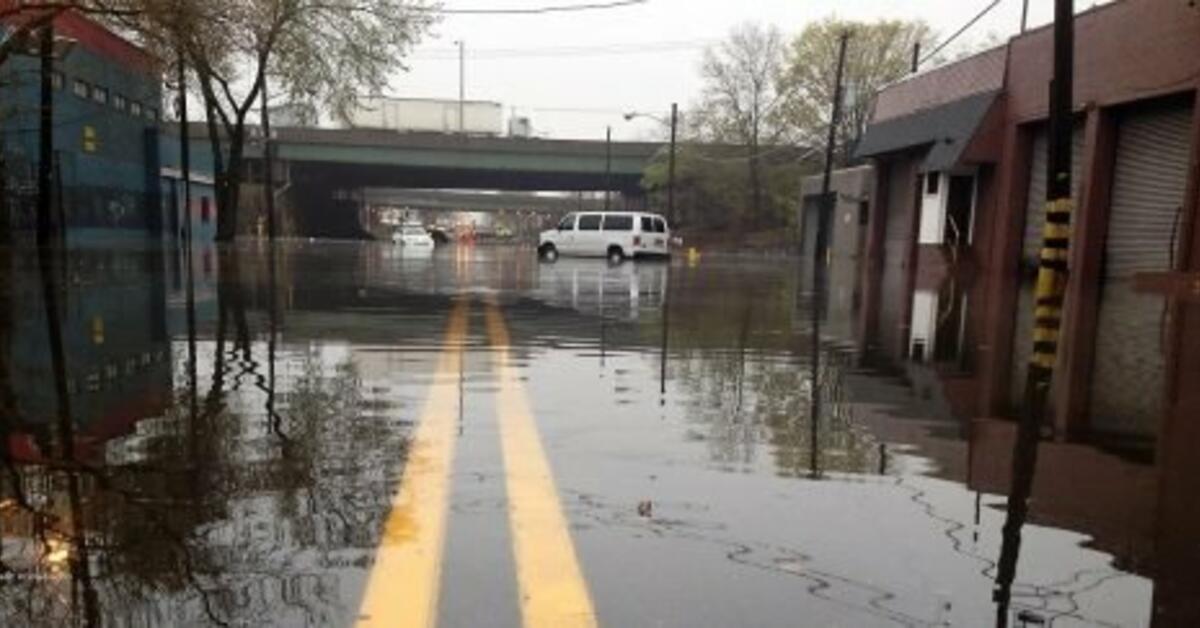

If you have traction or stability control in you car, please turn it on to assist with driving in the wet. When driving in front of large vehicles – buses and trucks, please be aware they will need extra stopping distance – do not immediately lane change in front of them, and never slam on your brakes with a large vehicle behind you. Cyclists may also do unusual movements, so keep scanning your driving surrounds. There can often be extra pedestrian traffic in busy areas – shopping centers, schools etc so be aware that they can suddenly run across the roads in an effort to get out of the rain. You do not want to be distracted trying to find the controls when driving in the wet.
#When driving in heavy rain drivers should use how to#
Demister and wipers.ĭo not start driving until you know how to use you demister (front and rear) and wipers. Expect delays, and don’t allow these issues to upset you. Allow more time for your trip in wet weather.Īpart from the fact most drivers slow their speed in wet conditions, you should expect to see more vehicles on the road – think of the many people who are normally happy to commute using public transport, but when they see bad weather, decide to take their cars instead. Parking lights are not bright enough, and running lights whilst good in daylight, are not appropriate for low viability conditions. Please use your headlights when driving in moderate to heavy rain. There have been vehicle dropping engine oil and grease on the roads, and until that has been washed away, the is a very high crash risk. If it hasn’t rained for a period of time, you should expect the roads to be extra slippery when the rain finally does come down. You no longer have anyone sitting next to you to help or advice when you need it. You will expect to need all of your concentration to drive in wet conditions, so please do not get distracted by phones, friends, or even music in the car.

Your crash risk is much higher driving in wet conditions at night. Learner drivers with less than 10 hours actual driving experience behind the wheel, should not attempt to drive in wet weather unless with an instructor in a dual controlled vehicle.Learners 11-20 hours experience – light rain, driving in back streets, daylight hours only.Learners 21-40 Hours experience – light rain, light traffic areas, daylight hours only.Learners 41-60 hours experience – light to moderate rain, light to moderate traffic areas, daylight hours only.Learners 61-80 hours experience – moderate to heavy rain, moderate traffic, dawn till dusk.Learners 81-100 hours experience – ONLY if you have had at least 2 hours experience driving in the rain – moderate to heavy rain, moderate traffic conditions, day and night.Drivers who have not had experience driving in heavy rain during the day, should not attempt to drive in heavy rain at night.

Learners 0-10 hours experience – not recommended. When possible, drivers should avoid driving in conditions that are more likely to cause problems, but if you do have to drive in the rain, here are some valuable tips… Driving in the rain with learners. Driving in the rain is necessary at times.


 0 kommentar(er)
0 kommentar(er)
